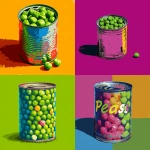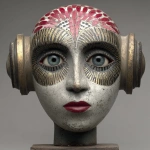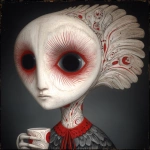Explore the Best AI Image Gallery
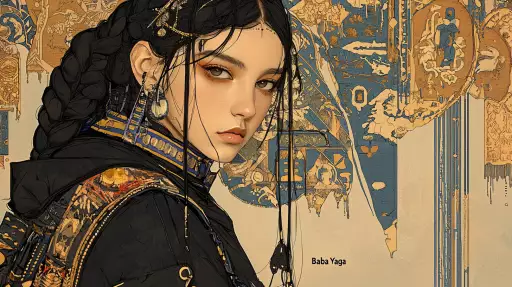
Quantum Creativity: Unlocking New Dimensions in Art and Design
The realm of art and design is on the cusp of a profound transformation, driven by the emergence of quantum computing. This powerful technology, harnessing the principles of quantum mechanics, promises to unlock unprecedented creative possibilities, blurring the lines between imagination and reality. While still in its early stages, quantum computing has already begun to capture the attention of artists, designers, and researchers worldwide, sparking a wave of innovation and exploration.
Quantum Leaps in Artistic Expression
Imagine creating art that transcends traditional mediums, generating intricate patterns and mesmerizing visuals based on complex algorithms. Quantum computers can process vast amounts of data and explore countless creative possibilities simultaneously, enabling artists to experiment with novel forms of expression.
- Generative Art: Quantum algorithms can generate unique and intricate artwork, from stunning abstract designs to realistic landscapes, pushing the boundaries of artistic creation.
- Interactive Experiences: Imagine art installations that respond to viewer emotions or movements, creating immersive and personalized experiences. Quantum computing can power these interactive artworks, blurring the line between observer and participant.
Redefining Design Processes
Beyond artistic expression, quantum computing has the potential to revolutionize design processes across various industries.
- Material Science: Quantum simulations can accelerate the discovery of new materials with unprecedented properties, leading to groundbreaking advancements in architecture, fashion, and product design.
- Product Optimization: Design engineers can leverage quantum algorithms to optimize product performance, minimize material usage, and create more sustainable solutions.
Ethical Considerations
As with any powerful technology, quantum computing raises ethical considerations that need careful consideration.
- Bias and Fairness: Quantum algorithms can inherit biases from the data they are trained on, potentially perpetuating existing inequalities in creative fields.
- Ownership and Copyright: The authorship of artworks generated by quantum algorithms raises complex legal questions about ownership and intellectual property rights.
Future Trends
The intersection of quantum computing and the creative industry is a rapidly evolving landscape. Here are some key trends to watch:
- Increased Accessibility: Quantum computing platforms will become more accessible to artists and designers, empowering them to explore its potential.
- Hybrid Approaches: Well see a rise in hybrid creative workflows, combining quantum algorithms with human intuition and artistic skill.
- New Artistic Communities: Quantum computing will foster new communities of artists and creators who are pushing the boundaries of expression.
Quantum creativity is poised to reshape our understanding of art and design, offering a glimpse into a future where imagination knows no bounds. As this technology matures, we can expect to witness groundbreaking innovations that redefine creative possibilities and inspire new generations of artists, designers, and innovators.

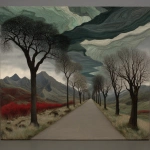



](https://images.ai-img.art/thumbnails/150/6a577517a359cd2bc6212d6b0f12c7cab660841317023550a76c84f409c7f2d0.webp)



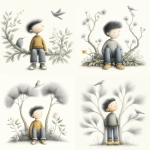
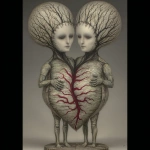
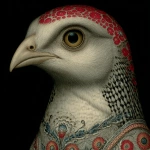


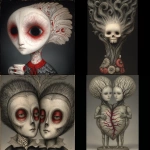

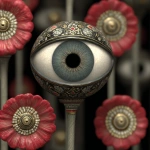
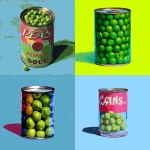







](https://images.ai-img.art/thumbnails/150/6a9bb97a3f1c45ab616724cc54bca010cbcc2d658a9c0e4581aa181c88046444.webp)

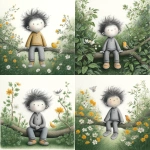
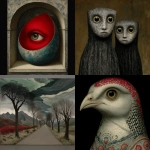
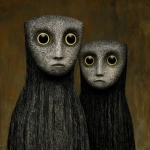


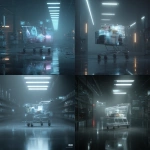
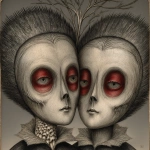

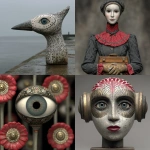
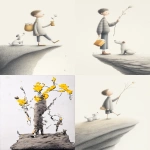



](https://images.ai-img.art/thumbnails/150/45237dfa7845159b860f9e234c48c4418e8efcb52b4d15da4493f46e6a99f337.webp)
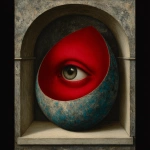

](https://images.ai-img.art/thumbnails/150/065f0b2e150f4cc43a9da80d822e8a385e9e50f2f6ff2cc3be7639cfd74952da.webp)

](https://images.ai-img.art/thumbnails/150/1b14bd827b740aca3b0d8efa7ed6865e28c7c8382172f3f565c96b6c5f64ca78.webp)
